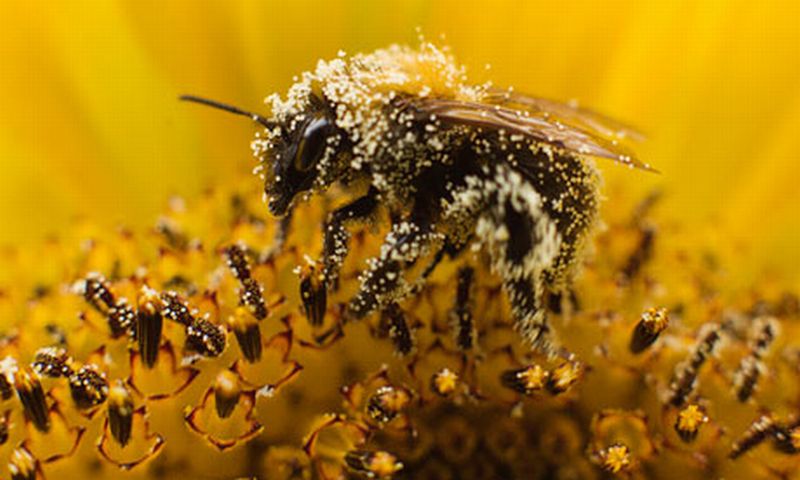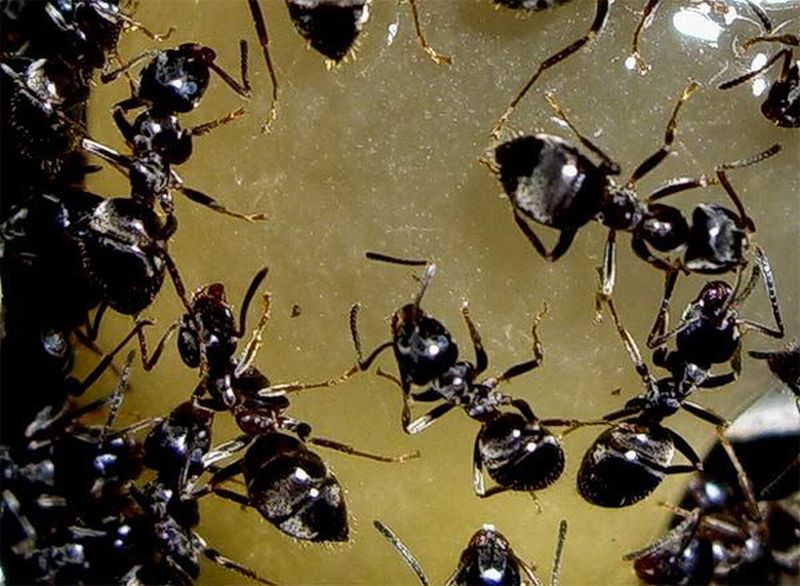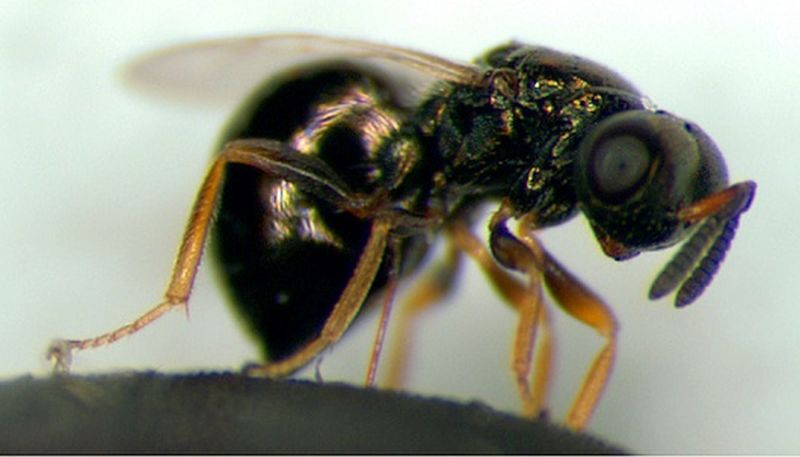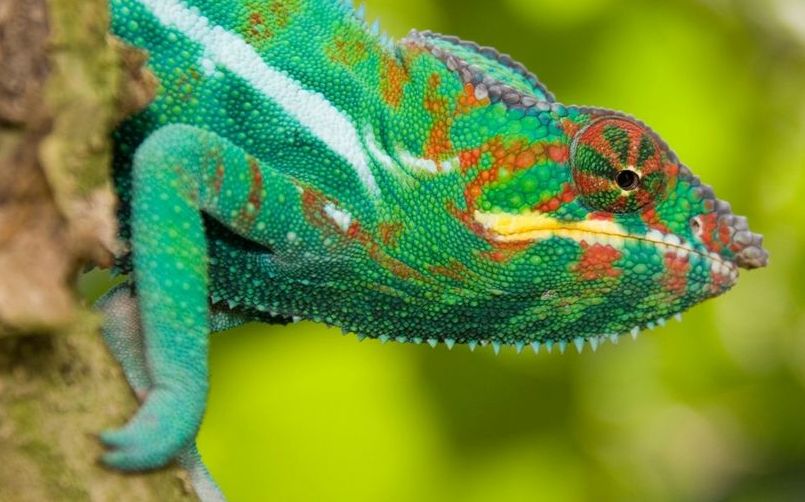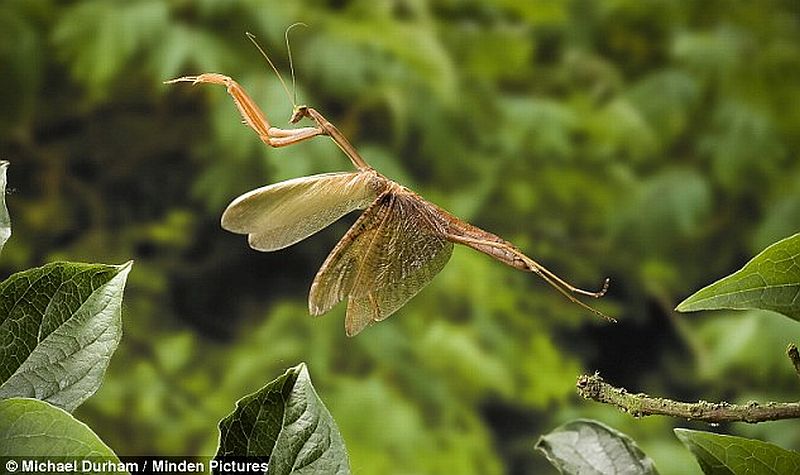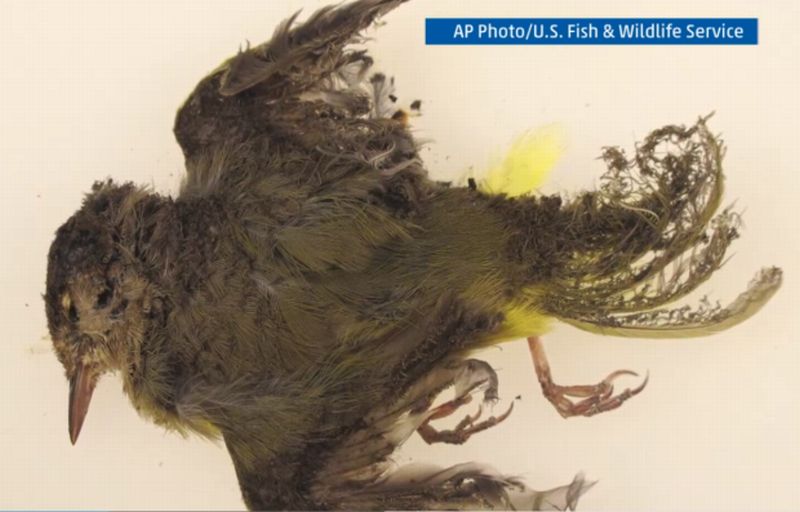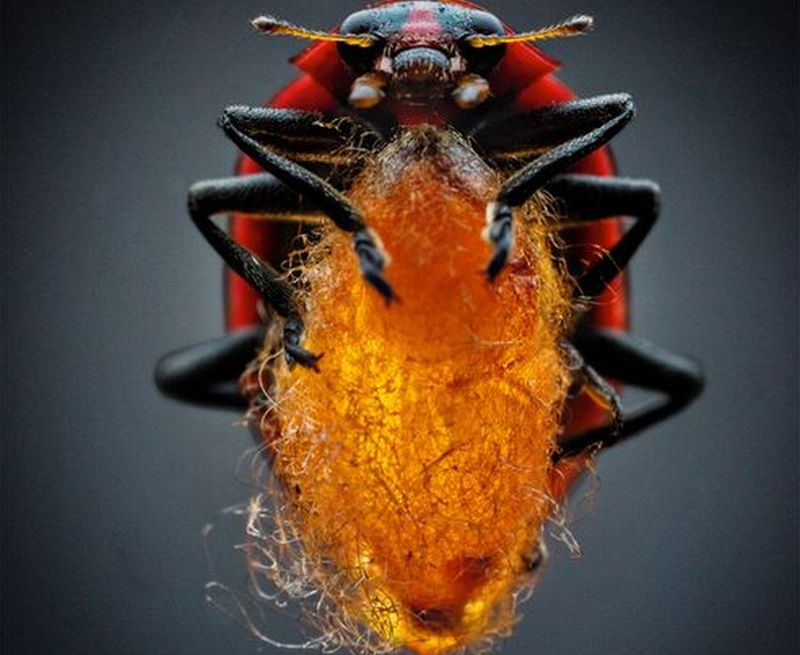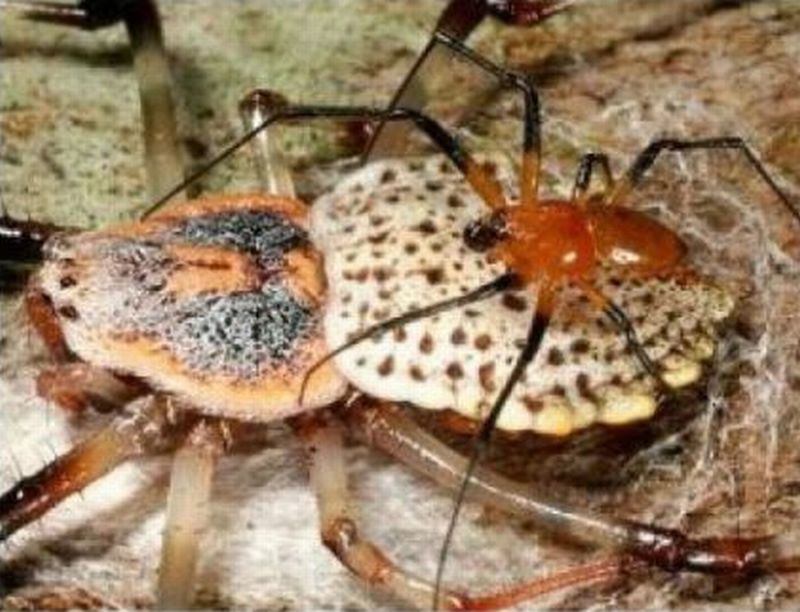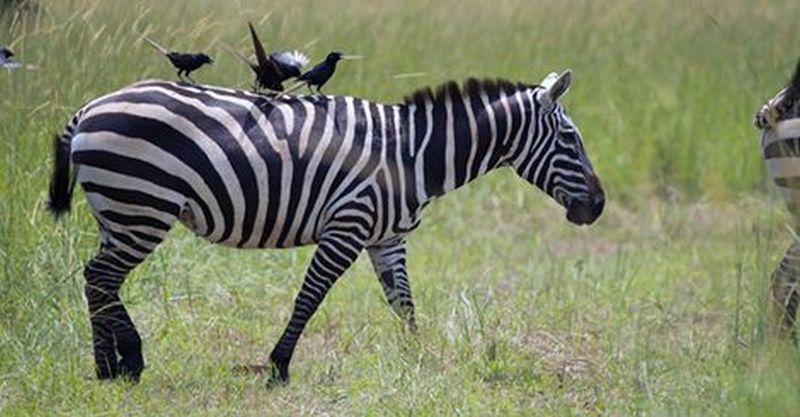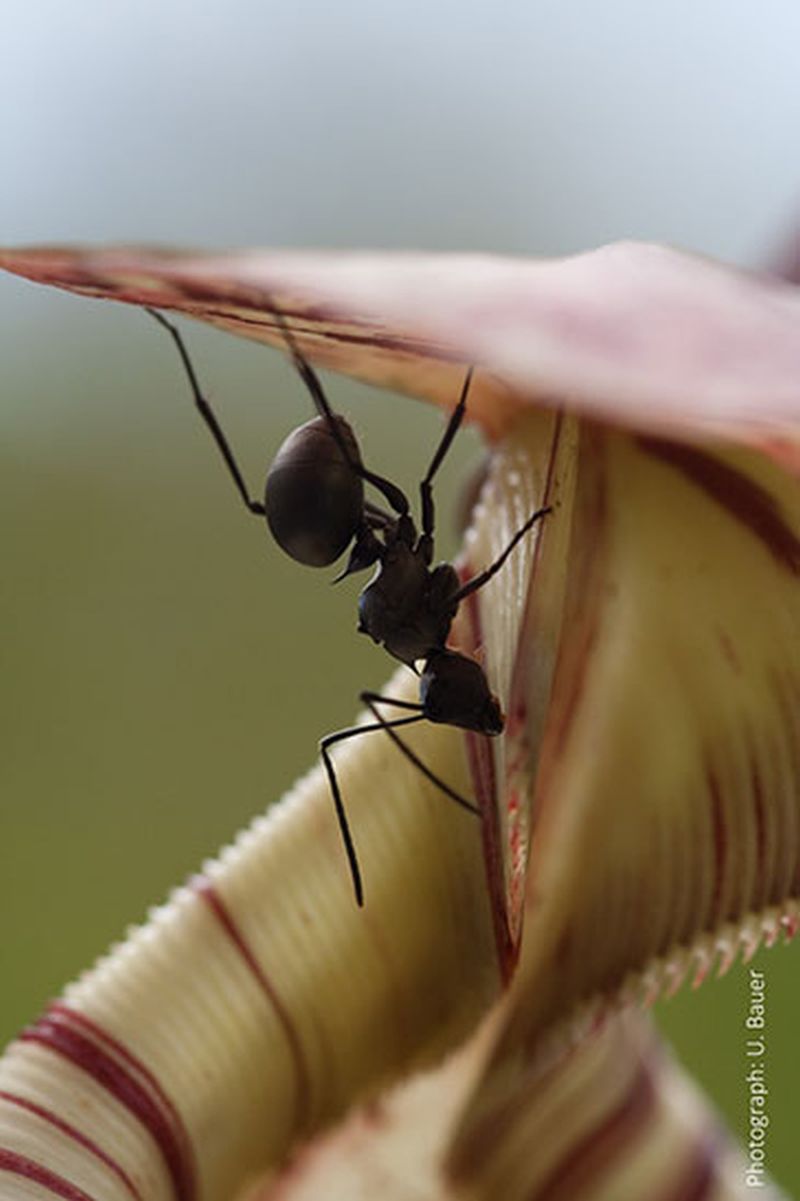Pesticides are used across the world to kill pests that cause damage to the food that would be consumed by humans. This implies that the effect of pesticides should repel insects but in some cases, it is not so. Researchers at Newcastle University and Trinity College Dublin have discovered that certain species of bees are fascinated towards nectars that contain pesticides in them. Neonicotinoid-laced food chosen by bees Prior studies have proposed that bees would have to face negative consequences in terms of health in case the specie is exposed…
Read MoreCategory: Eco Tonics
Cleaning Behavior affects Disease Spread: Hygienic Interaction Networks within Ant Colonies
Taking care of infected individual not only happens in human societies but in animal kingdom as well. The phenomenon is seen in insects and social animals, like ants and meerkats.
Read MoreWildlife can protect themselves from extinction: Study on Tiny Jewels
With an increase in human population and global warming, many species of flora and fauna around the globe have gone extinct while many others are at the verge of extinction. Researchers are conducting various studies to save critically endangered species through understanding their life cycle and mating behavior and mating them in the lab to increase the population.
Read More10 Photographs depicting Egyptian Tombs with colorful murals unseen for thousands of years
An American research team was able to surface an old tomb in the southern city of Luxor. The Tomb belonged to Amenhotep, protector of Amun’s temple, an Egyptian deity. As per the sources, the tomb dates back to the 18th century’s New Kingdom.
Read MoreChameleons change Color by altering Nanocrystal Patterns inside the Skin: Animal Behavior
It’s been quite some time now since researchers have been studying the reasons that causes the changing of colors among chameleons. The study concluded that floating nanocrystals constitutes one of the major ingredients present within a layer of skin cells. Generally, the micro crystals are uniformly situated all over the cell. Wavelength of the light that is being reflected from the cells is determined by the spacing within these nanocrystals.
Read MoreBiomechanics of Mantises Jumping Technique might help build better Robots: Insect Aerobatics
Praying mantises are known for gulping down their partners after mating but their other side resembles the gracefulness of Mikhail Baryshnikov especially when it comes to jumping.
Read MoreSolar Power Farms scorching Birds to Death: Solar facilities to Avian Extinction
During the testing of 110-megawatt Crescent Dunes Solar Energy Project near Tonopah, Nevada, 130 birds were caught by fire mid-air. As per the experts glow of the farm’s tower might have been the reason that have led to the attraction for the birds, however, the owners of the project said that they would devise a way of reducing such fatalities in the future.
Read MoreMummified Monk encased in 1000-year-old statue: At a higher state of Meditation
What supposed to be 11th or 12th century sitting effigy of Buddha is not a statue but mummified remains of a monk. A CT scan and endoscopy performed by the Netherlands-based Drents Museum at the Meander Medical Centre in Amersfoort made the astonishing discovery. Speculation holds that the mummy could be of Liuquan, a mentor of Lama Dashi-Dorzho Itigilov. Born in 1852, Lama Itigilov was a monk following Tibetan Buddhist tradition and was famous for the lifelike state of his body. Another equally startling discovery was surfaced when the scan…
Read More10 Photographs: Siphonophore’s Luminous Tentacles glowing brightly beneath the Waves
Portuguese man o’ war or bluebottle is a jellyfish-like creature that floats on ocean surface. Being a siphonophore, it is not a single multicellular organism, rather a colony of specialized minute individuals called zooids that are connected to one another to an extent that each are inept of independent survival. These creatures carry painful stings because of which they are highly feared by swimmers and divers. However, Matthew Smith, 38, dared to face the agonizing encounters under the waves only to capture these beautiful creations of nature. He developed a waterproof lens dome…
Read MoreClimate change catalyzes appearance of Infectious Diseases: War against emerging Epidemic
Rise in the global temperature is going to promote the outbreak of deadly infectious diseases as Ebola and West Nile virus in new hosts and in new areas. Researchers caution humans to anticipate the breakout of new illnesses, in near future due to rapid changes in the climate that forces habitats to shift and thus bringing pathogens in contact with livestock, crops, humans and wildlife.
Read MoreParasitic Wasp stings Virus to control Ladybug’s Mind: Bio-Weapon turns them into Zombie
Life of animals, either big or small is not easy. Those with the most advanced skill can only survive in the nature. Our nature is full of such examples where for the survival, some animals resolves to take up sexual cannibalism while other uses virus to control the mind of their host organism. Such animals that derive benefits at the expense of other animals are termed as parasites.
Read MorePET Plastic Bottles morph to Paper: Ecological Paper
A Mexican startup company, Cronology situated in Ecatepec, has designed an innovative environment friendly technology that recycles waste PET bottles into peta paper or mineral paper. The technology claims to conserve around 20 trees from being chopped down and 50,000 liter of precious water on the production of per ton of paper, as they do not need chlorine or water for manufacturing.
Read MoreCoin Spiders Self-Emasculate after Mating: Survival of the Genes
Much has been discussed about the cruel phenomenon of sexual cannibalism practiced by the famous black widow spider but not many know about another crazy phenomenon practiced by a male coin spider. These male spiders (Herennia multipuncta) are one of the greatest lovers in the nature. These tiny spiders have the courage to propose a female almost four times its size, which, if hungry rejects the proposal and preferably feeds on the male. However, scientists observed that if the male is lucky enough to woo the female, the male after mating…
Read MoreEvolution of Stripes in Zebras: Complex Mix of Purposes
Why do zebras evolve to sport such black and white, striped coat, has made experts curious. There are many theories that explain the reason behind zebra stripes. One of the theory suggests that these stripes help zebras to camouflage in tall grasses, exceptionally well during dawn or the dusk time. While another one says, the strips assist zebra to escape from the bites of troublesome flies or social cohesion. While the last one advocates that, these stripes create an optical illusion, which dazzles the hunter that eventually misses its target.
Read MorePitcher Plants switch off their Traps for luring more Prey: Exploiting Insects social instincts
Carnivorous vegetation like pitcher plants has adapted to thrive in areas scarce of nutrients. Unlike other plants that derive nutrients from soil, pitcher plants have evolved to derive essential nutrients by gorging on insects trapped in their pitcher like traps. Experts from the University of Cambridge, UK and the University of Bristol, UK, studying the pitcher plants say that the plants are smart enough to plan a strategy to attract more prey into their deadly traps.
Read More
